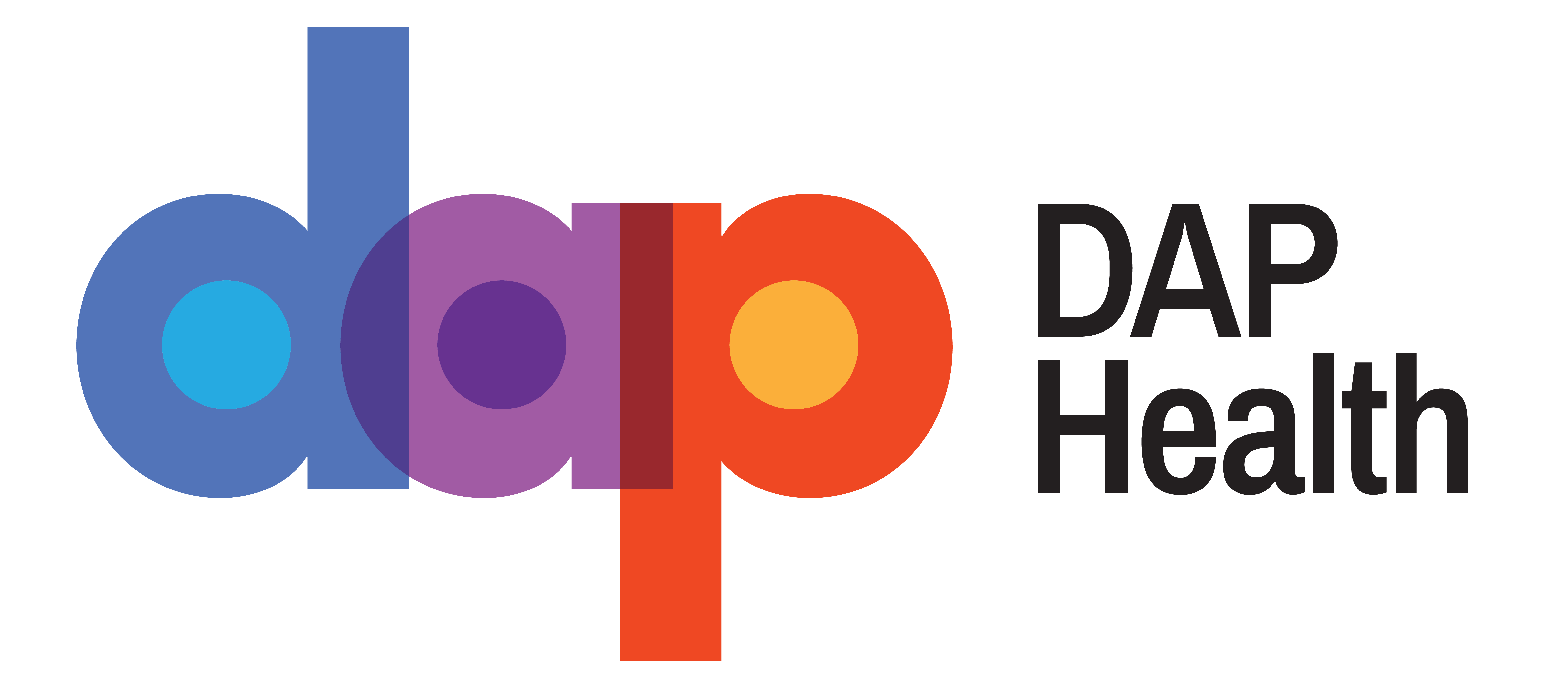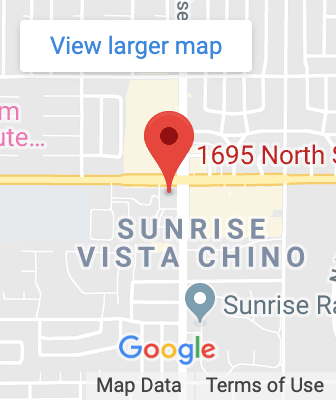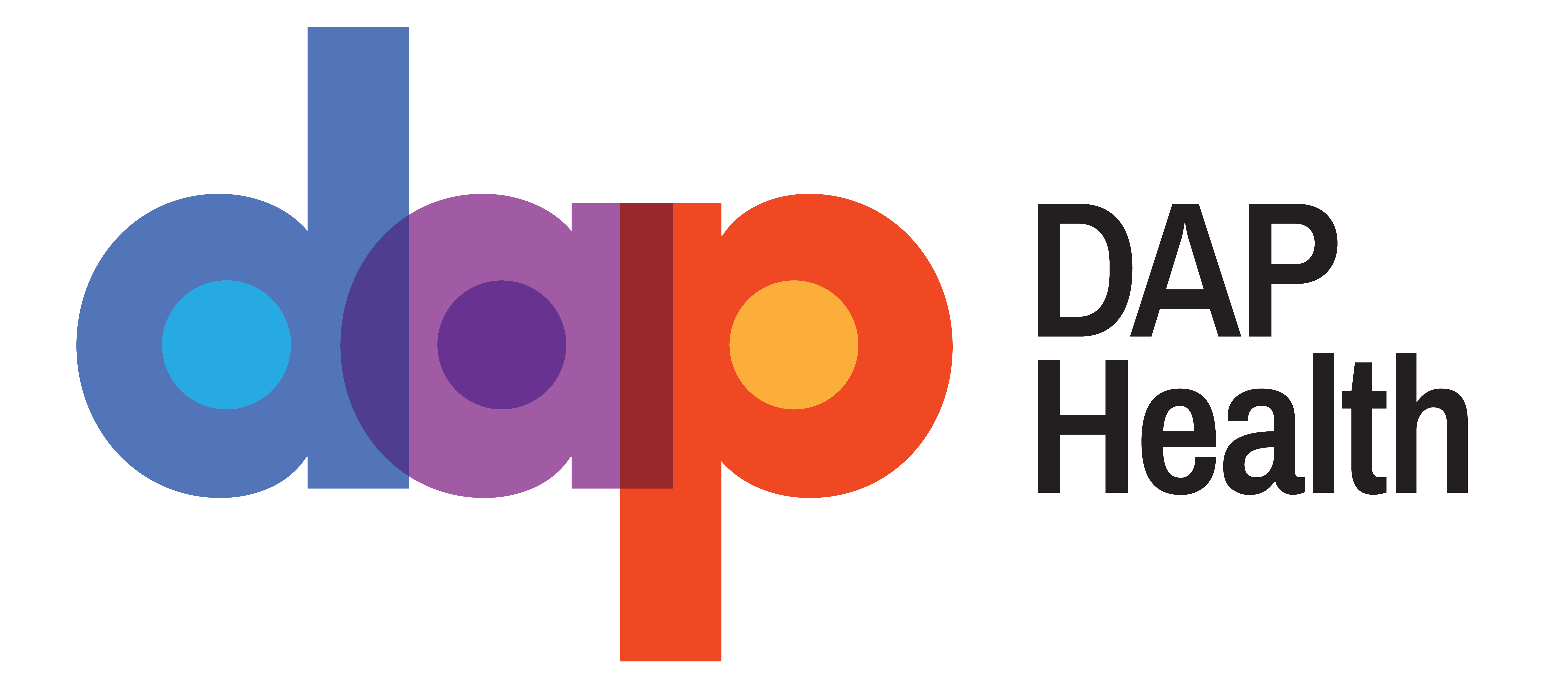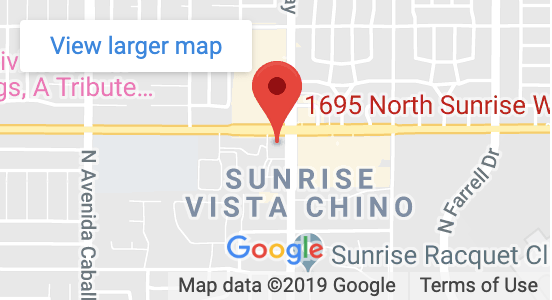
How Will You Be Remembered?
Planned legacy giving is one way to ensure the continued success of DAP Health
Words by Greg Archer
The late, great civil rights icon Harvey Milk once said, “The only thing they have to look forward to is hope. And you have to give them hope. Hope for a better world, hope for a better tomorrow…”
Milk may have been referring to generating equality and fueling civil rights, but his words ring true today when it comes to planned legacy giving and the bequests individuals intentionally make to better their local community after they’re gone. In that respect, planned legacy giving is all about keeping hope afloat.
Including DAP Health in one’s estate plan allows the organization to continue ensuring the health and well-being of the community. As desert residents, and the LGBTQ+ community in particular, quickly head into the middle of the decade amidst social and political uncertainty, planning for the future has never been more vital.
“We all know that if you don’t plan your estate, the government will tell you where it’s going to go. I don’t think any of us want that to happen,” says Palm Springs realtor and philanthropist Andy Linsky, who served on DAP Health’s board of directors from 1990 to 2014, and who was its chair from 1998 to 2002. Linsky also founded Partners for Life (PFL), a prominent DAP Health donor group that offers significant financial support to assist the nonprofit with ongoing local health matters, social services, outreach, and much more.
“Planned giving is a great way to control your legacy,” Linsky continues, “and it doesn’t have to be huge dollar amounts. Whatever you have in your estate, it’s really comforting to know you have addressed it, and that your instructions will be followed. We had a presentation about planned giving a while back, and a gentleman made a statement that sums up why everybody should have an estate plan. He said, ‘Because everybody’s got stuff. And everybody’s going to die.’ It’s very basic, but it has humor in it, and it makes sense.”
Through the years, Linsky has been instrumental in stoking several creative fires at DAP Health — from creating the PFL program of sustaining donors to advocating for planned legacy giving. He’s quick to point out that the organization has been strategic in keeping up with all the changes throughout the decades, where some other organizations and communities may have “imploded because they failed to plan for the changing landscape. The important thing is that the need is there, and always will be, for Partners for Life and planned legacy giving.”
- Christopher Heritage — founder of Heritage Legal, PC, which offers legal services for estate planning — specifically hones in on the unique estate and relationship planning needs of the LGBTQ+ community and other non-traditional families.
“Within the gay and lesbian community, for instance, most of us don’t have children. So, one way of ensuring a legacy is leaving a portion, or all of your estate, to charities,” Heritage says. “People leave to charities to try to reduce their taxable estate. One of the best tools for making charitable gifts is through retirement assets, such as IRAs and 401(k)s, because the charity receives 100% of those assets. Whereas, when you leave retirement assets to a person, they usually have to take a full distribution of it within 10 years and pay their personal income tax rate — federal and state — so you might lose 30-40% of the retirement assets’ value.”
Heritage goes on to say that currently, “an estate is federally taxed only if its value exceeds $12.92 million per individual, and double that for married couples (estate and lifetime gift tax exemption), and the state of California has no estate tax at all since it was repealed by voters in 1982. However, even if an estate doesn’t reach the $12.92 million taxable threshold, there may be capital gains taxes that would need to be paid if an asset, such as a highly appreciated stock, or real estate, is left to an individual. Whereas, if you leave that asset to a charity, you can avoid any capital gains taxes.”
Another thing people should keep an eye on is that the current estate and lifetime gift tax exemption sunsets on December 31, 2025 — if Congress doesn’t do anything to change or extend it — and returns to $5 million per individual.
This will make many more estates potentially taxable.
Other things to know: Secure Act 2.0 was introduced in 2023, making modifications to the original Secure Act affecting retirement. The change increases the required minimum distribution (RMD) age, meaning retirees must now begin taking taxable withdrawals at 73, and at 75 by 2033. The new law does not increase the age an IRA owner can make a qualified charitable distribution, which remains at 70 and a half years. This extension allows individuals more time to save. One thing to consider is to donate your RMDs to your charities.
For planned legacy donor and philanthropist Al Jones, DAP Health was the clear choice. Jones was married to his husband Marc Byrd for 26 years before Byrd passed away in 2018. Jones donated significant funds to the organization, which were specifically earmarked for the establishment of the Marc Byrd Behavioral Health Clinic, unveiled in spring 2022.
“I think it’s important to consider thoroughly supporting an institution that reflects one’s philosophy and values,” Jones shares. “There is no better time to think of organizations to support via a planned legacy gift than the present. An organization like DAP Health needs to raise money to provide services to both those with and without insurance, both now and in the future. But it’s nice to know that the organization will receive funds in the future that will significantly help those budgets as well. So, legacy planned giving is really a way to provide a significant gift from your estate, deferring to give to a time in the future — literally, after you have passed away. And these legacy gifts give the organization an opportunity to plan for the future.
“I wanted to do something memorable for Marc,” Jones continues. “I gave a legacy gift of $250,000, but also used that as a challenge grant to raise money for DAP Health’s general fund.”
Sean K. Heslin — who runs Heslin Wealth Management, an affiliate of LPL Financial — advocates for making sure that upon death, a certain percentage of resources go to a charitable organization. “I educate my clients that it is just as simple as making sure you properly establish your beneficiaries,” he says. That’s typically where Heslin or other financial advisors will come in and make sure that an account is set up with a beneficiary designation. Other things come into play, too.
“When you have an IRA or brokerage account, an annuity, or even a bank account —whatever it is — normally your spouse or partner is set up as the primary beneficiary,” Heslin continues. “But also, you can assign contingent beneficiaries and state, for example, that 50% is assigned to DAP Health and 50% is assigned to the LGBT Community Center of the Desert, or whichever charity you prefer.
“That’s really important to do one way or the other — either having a beneficiary designation established, or title your accounts in the name of a living trust, when possible. Then the trust can have all the beneficiary designations you want to have. If you don’t have accounts titled in the name of a trust, or at least have assigned beneficiaries, when you pass away, your assets will most likely never make it to a charity. Funds and assets without beneficiary designations will most likely go through probate and eventually will either be paid out to a relative, a ‘next of kin’ you may not want to leave money to, or worse, funds will just be taken over by the state.”
Linsky sums up the importance of looking toward a future beyond your own in a graceful way: “Legacy planned giving is a very fulfilling act, emotionally and spiritually.”
Learn more about planned legacy giving by visiting PlannedGiving.DAPHealth.org.









